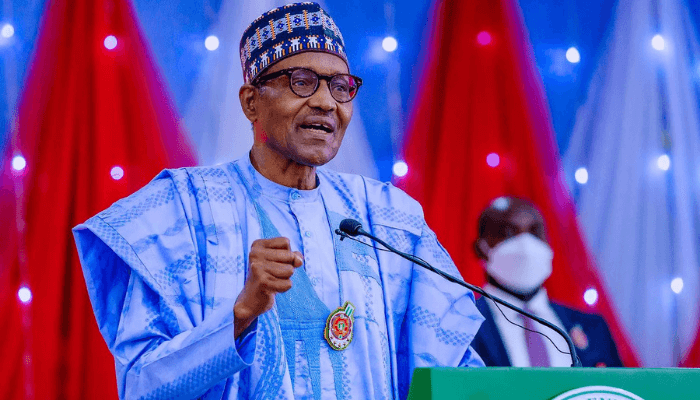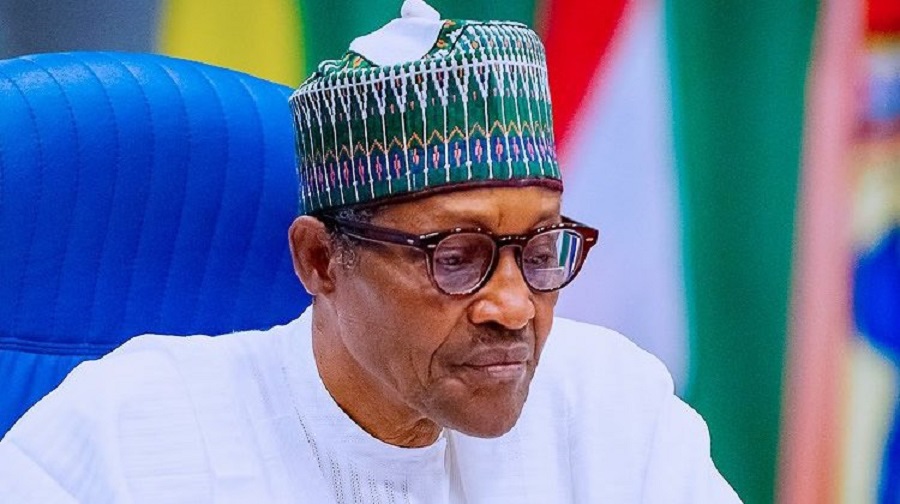The Federal Government has allocated N61 billion for the Nigeria Electrification Road map which will be developed in partnership with Siemens AG.
In July 2019, the government and Siemens signed a Letter of Agreement on the Nigeria Electrification Road map after President Muhammadu Buhari and the German Chancellor, Angela Merkel met on August 31, 2018, in Abuja.

In order to execute the deal, Nigeria may spend about €3.11 billion or N1.15 trillion across four major states. The Nigerian electrification project has three phases and it aims at achieving 25,000 megawatts of electricity in the country by 2025.
Why this matter? President Buhari is working in line with his Independence Day speech where he spoke on plans to reform the power sector.
“In August this year, we launched the Presidential Power Initiative to modernise the national grid in three phases: starting from 5 gigawatts to 7 gigawatts, then to 11 gigawatts by 2023, and finally 25 gigawatts afterwards.”
The fund is not included in the 2020 budget but in the 2020-2022 Medium-Term Expenditure Framework. It was disclosed that the amount was provided for the Presidential Power Initiative, and according to report by Punch.
Power projects in the budget include the 3,050-megawatts Mambilla hydropower plant in Taraba State, for which N2 billion counterpart-fund was set aside. Others are 2x60MVA 132/33kV substation at Gwaram in Jigawa State (N717m); 215MW power station in Kaduna (N190m); and Kashambilla transmission in Taraba (N506m).
[READ MORE: Nigeria-Siemens electricity deal to gulp over N1.15 trillion across four states)
The Nigeria Electrification Road map is expected to resolve Nigeria’s transmission and distribution challenges. Note that the power sector in Nigeria was privatised in 2013 and the supply of the electricity was divided into several categories: six generation companies; 12 distribution companies covering all 36 Nigerian states, and a national power transmission company.
What you need to know: Nigeria’s total power generation stood at 3,853.6MW as of 6 am on Wednesday, according to data from the Nigeria Electricity System Operator, an arm of the Transmission Company of Nigeria. It was stated that the nation’s installed generation capacity is at 12,910.40MW; available capacity at 7,652.60MW; transmission wheeling capacity at 8,100MW; and the peak generation ever attained at 5,375MW.























